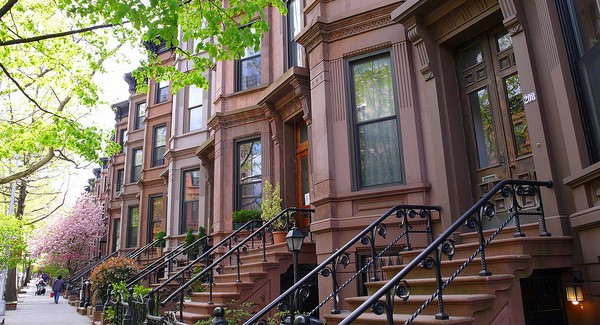The Chicago region’s second season, construction season, is well under way. This means it is also maintenance and repair season for associations. All of those projects that board members and management companies worked on so diligently this past winter are now ready to begin.
Most projects will proceed seamlessly from planning to implementation. Some projects seemed doomed from the start.
A major hurdle may have to be overcome if your contractor tells you it has to stage the work for your condominium from the property located next to, but outside of, your association. For instance, your condominium association may be planning roof work or tuck-pointing that requires a crane or scaffolding to be located on the land next to the association. This might seem like an issue exclusive to tightly packed Chicago; however it has real application in the suburbs and particularly the downtown suburban areas where there has been a proliferation of condominium development.
This might not be a serious issue if your condominium association is on good terms with the neighboring property owner. That is, the problem is solved if your neighbor understands the predicament and agrees to provide your contractor with access to its property to stage the work for your condominium. But what happens if your association is not on good terms with the neighboring property owner, or if an agreement cannot be reached?
Or, what if a neighboring condominium association needs access to your association to perform maintenance or repairs on its property, and your association is reluctant?
The answer lies in a one paragraph statute known as the “Entry on Adjoining Land to Accomplish Repairs Act.” If repair and maintenance of a single-family residence, which includes condominiums, cannot be reasonably accomplished without entering into adjoining land, the condominium can seek relief through the courts. The condominium can bring an action in circuit court to compel the owner of the adjoining land to permit the condominium access to perform the maintenance or repair.
The court will establish the conditions of the entry and determine the amount of damages to be paid to the owner of the adjoining land. The court might require the condominium association to provide a bond to the owner of the adjoining land to secure performance and payment.
This law specifically states that it includes condominium associations. However, it is silent about other types of associations, like master associations or common interest community associations. This would be simple to correct legislatively (any takers?).
Whether negotiated by agreement, or the result of litigation, there are many issues that should be addressed in these situations when access to adjoining land is necessary to perform repairs.
Initially the agreement, which should be in writing, should be in the form of a temporary license that grants one owner and its contractor access to the common elements of the condominium, for a specified period of time, to perform the work. The agreement should specify where the work will be staged and specify particular hours of the day that the work will be performed. The contractor performing the work should be required to maintain insurance of the types and in amounts suggested by the association’s insurance agent or broker.
The association should be named as an additional insured on the contractor’s insurance. The association performing the work should indemnify and hold harmless the owner of the land where the work is being performed against claims that arise out of the work. The contractor should be required to keep the property clear of debris and properly store its materials and equipment at the end of the day.
Any fee to be paid by the owner performing the work to the owner where the work is being performed, and when it is to be paid, should be specified. It is important to describe who the contact persons will be for the parties and the contractor.
It is typically in a party’s best interest to resolve disputes by agreement; however, the world is full of unreasonable or stubborn people. Bringing the Entry on Adjoining Land to Accomplish Repairs Act to the attention of, or threatening litigation against, a reluctant neighboring land owner can result in parties coming to the table and hammering out a mutually acceptable agreement. Otherwise, it gives the board of a condominium a powerful tool to enable it to enter onto an adjoining property to perform repairs at the association.
Originally published in the Daily Herald (July 7, 2012).
Since 1983, KSN has been a legal resource for condominium, homeowner, and townhome associations. Additionally, we represent clients in real estate transactions, collections, landlord/tenant issues, and property tax appeals. We represent thousands of clients and community associations throughout the US with offices in several states including Florida, Illinois, Indiana, and Wisconsin.
If our law firm can be of assistance, please call 855-537-0500 or visit www.ksnlaw.com.
This article is made available by the lawyer or law firm publisher for educational purposes only as well as to give you general information and a general understanding of the law, not to provide specific legal advice. By reading this article you understand that there is no attorney client relationship between you and the article author. This article should not be used as a substitute for competent legal advice from a licensed professional attorney in your state. © 2023 Kovitz Shifrin Nesbit, A Professional Corporation.

